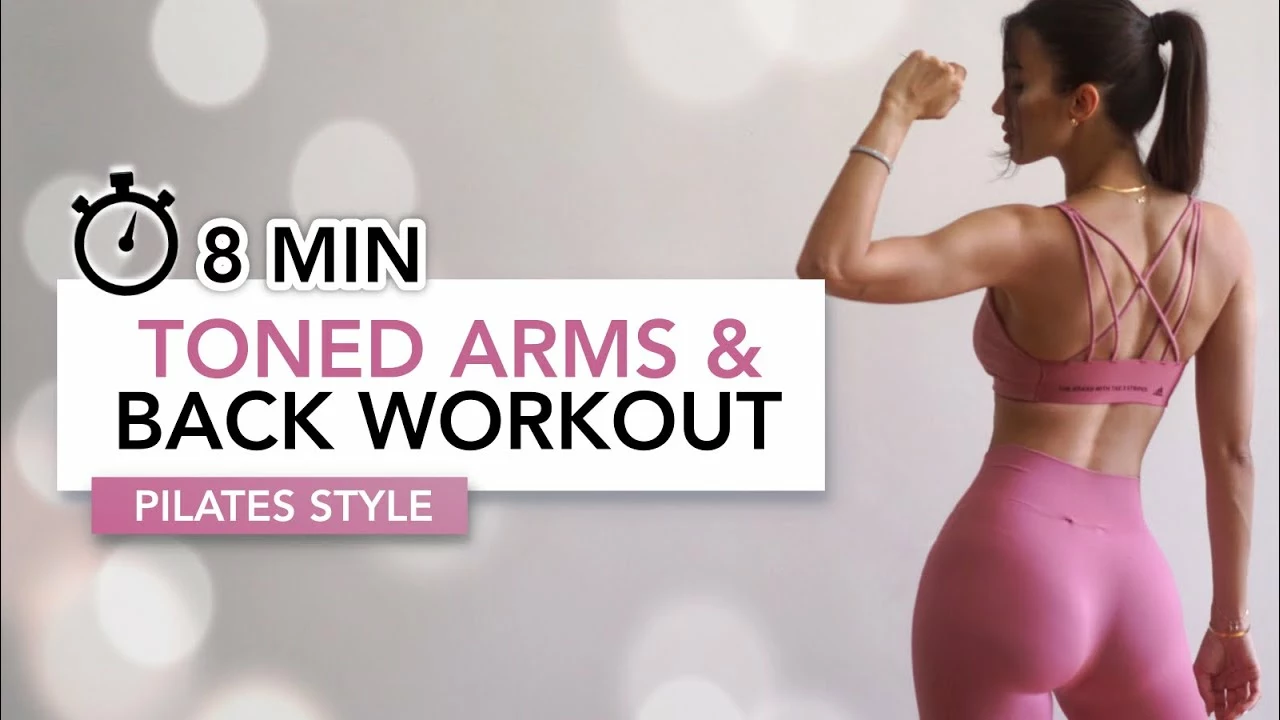Muscle Stiffness: What It Is and How to Fix It Fast
If you’ve ever woken up feeling like you can’t move your arms or legs without groaning, you know what muscle stiffness feels like. It’s that tight, achy sensation that makes everyday tasks feel harder than they should. The good news? Most of the time you can ease it at home with a few simple moves and smart choices.
Why Muscles Get Stiff
Muscle stiffness usually shows up after you’ve done something your body isn’t used to—like a new workout, lifting heavy boxes, or even sitting at a desk for hours. When fibers contract too long or don’t get enough blood flow, they become short and tight. Dehydration, low electrolytes (think potassium and magnesium), and not warming up properly also play big roles.
Another common cause is inflammation from minor injuries. Tiny tears in muscle tissue trigger the body’s repair process, which can leave you feeling stiff for a day or two. Stress adds to the mix; tense shoulders often mean tight neck muscles, and that tension spreads down your back.
Practical Ways to Ease Stiffness
1. Gentle Stretching: Start with slow, controlled stretches. Hold each stretch for 15‑30 seconds—don’t bounce. A good routine includes neck rolls, shoulder shrugs, hamstring bends, and calf raises.
2. Warm Showers or Heat Packs: Warmth increases blood flow, which helps muscles relax. A 10‑minute warm shower or a microwaveable heat pack applied to the sore area can make a big difference.
3. Stay Hydrated and Replenish Electrolytes: Drink water throughout the day and consider a sports drink or a banana if you’re low on potassium.
4. Light Activity, Not Bed Rest: Moving a little keeps circulation going. A short walk or easy cycling can stop stiffness from getting worse.
5. Over‑the‑Counter Pain Relievers: Ibuprofen or naproxen can cut inflammation and pain. Use them as directed—usually no more than three days without talking to a doctor.
If you prefer something without a prescription, look for topical creams with menthol or capsaicin. They give a cooling or warming sensation that distracts the brain from the ache.
6. Massage or Foam Rolling: Applying pressure along the muscle fibers helps break up tight spots. A foam roller works well on larger muscles like quads and back, while a tennis ball can target smaller areas.
If stiffness lasts more than a week, gets worse, or is accompanied by swelling, fever, or numbness, it’s time to see a healthcare professional. Those could be signs of something beyond simple muscle tightness.
Remember, prevention beats treatment. Warm up before exercising, keep moving during long work sessions, and stretch after you finish any physical activity. By making these habits part of your day, you’ll likely notice far fewer stiff mornings.

The Benefits of Pilates for Reducing Muscle Stiffness and Improving Posture
As a regular Pilates practitioner, I can't stress enough the benefits it has had on reducing my muscle stiffness and improving my posture. The controlled and precise movements in Pilates really help to lengthen and strengthen my muscles, leading to increased flexibility and reduced stiffness. I've also noticed a significant improvement in my overall posture, as Pilates focuses on developing core strength and body awareness. I used to struggle with back pain and slouching, but since incorporating Pilates into my routine, I feel more confident and pain-free. I highly recommend giving Pilates a try if you're looking to combat muscle stiffness and improve your posture!
Read More